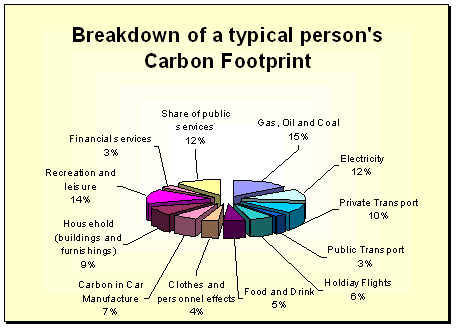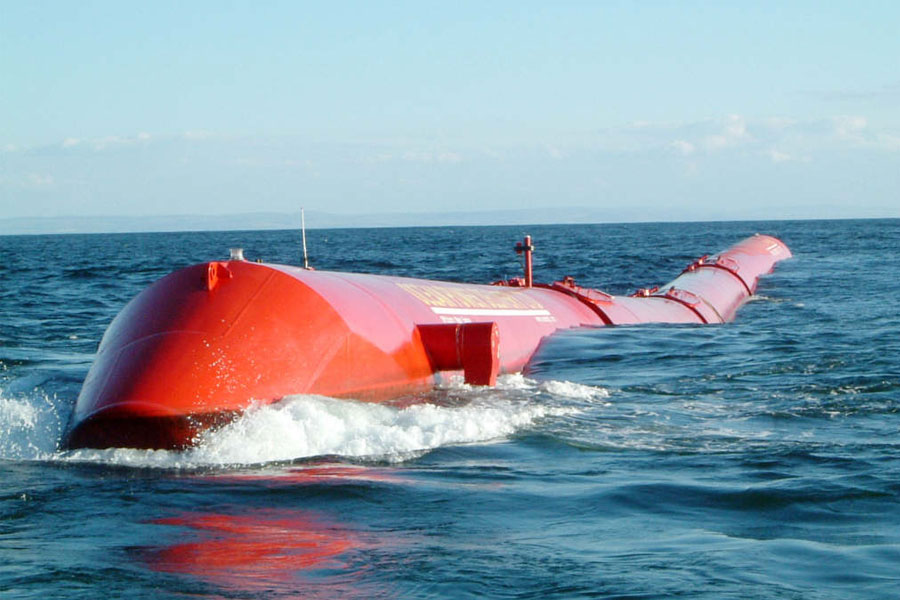PLATE TECTONICS
Continental drift: the gradual movement of the continents across earth's surface over time.Pangea: landmass 200 million years ago where the continents joined.
Theory of Plate Tectonics: the lithosphere is divided into 12 large plates.
Seafloor spreading: the formation of new areas of oceanic crust through upwelling.
Subduction: process where one plate is forced below the edge of another.
Transform boundary: a fault that offsets a mid-ocean ridge in different directions.
Ridge push/ slab pull: gravitational force that causes plate to move away from the ocean ridge, into subduction zone.
Explain how various mechanisms (mantle convection, ridge push, gravity pull) drive movement of the lithospheric plates. Ridge Push: The lithosphere (Earth’s outer crust) thickens with distance and time from the mid-ocean ridge, this is caused by the cooling of the lithospheric plates as they move away from the ridge, causing the boundary between the asthenosphere and the lithosphere to become deeper. Slab pull: as the lithospheric plates move away they cool and become denser, they eventually become denser than the hot mantle beneath. The cool dense lithospheric plates then began to sink into the mantle.
Infer the relationship between the plate boundary and the locations of various features.
If two tectonic plates collide, they form a convergent plate boundary. One of these converging plates will move beneath the other, which is known as subduction. In the area where this occurs, deep trenches or mountains are formed, and earthquakes are common. Example: the Himalayas. When two plates are moving away from earth other, this is called a divergent plate boundary. Along these boundaries, magma rises from the earth and erupts to form a new crust on the lithosphere. Most divergent plate boundaries are underwater and form oceanic spreading ridges. When two tectonic plates rub against each other it causes portions of the rock to break, causing earthquakes. Places where these breaks occur are called faults. Example: mid-atlantic ridge.
Plate Tectonics Questions Answers.












